Why We Need to Learn to Trust Robots?

Posted on Jul 02, 2015 4:00 PM. 4 min read time
With the constantly rising popularity of smartphones, GPS, autonomous cars; we are trusting robots more and more even when we don’t realize it. In a certain way we are putting our entire confidence into algorithms that are designed to be the most logical possible. Is this the right thing to do? Should we really trust those algorithms? When it's time to trust a robotic arm; what is the level of confidence your average worker needs to have in its safety settings?
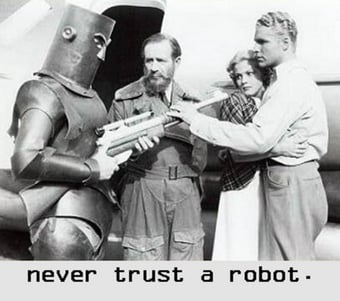
As I was searching the internet for articles on robots, I found this gem from The Boston Globe where the author was speaking about ''Why we Need to Learn to Trust Robots''. The article is basically about how we trust algorithms until the very moment they make a mistake. For example, every time you go on a road trip you start your GPS and expect to have the shortest trip to your destination. If you learn that there is a faster way, this will certainly put your GPS in doubt. But if the GPS gave you this route, there might be a good reason, a logical reason apart from speed, perhaps it is accessing construction information and adding this to the algorithm. So was the algorithm wrong? This might cause you to ponder how much you should trust these algorithms.
Now that you have questioned your GPS’s algorithms, what about all the other algorithms that enter into your life. Autonomous cars are running on algorithms, planes are flying on algorithms, robots are working on algorithms.
Trust Cobots
This article led to a reflection on how much humans should trust robots. Especially collaborative robots that are working alongside humans. In the era where robots were restricted to their safety guarding, not many questions were ask about their safety features. The robot was running freely and was shut down at the moment a human entered its work zone. Now with collaborative robots running just beside you, it is really important to learn to trust them.
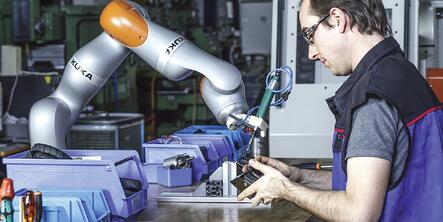
Collaborative robots are designed with more adjustable safety features to adapt to innumerable applications and eventually to the ‘trust threshold’ of the users. All collaborative robots are force limited and will stop at a given force due to abnormal impact (hitting a human worker for instance). The robot’s speed can also be set to reduce the damage caused by a potential impact on a worker. All these settings lead to a safer environment and should increase the trust that a human can have in robots. Robot manufacturers are working hard to produce flawless robots and to bring the ‘trust threshold’ a little higher. It is important for robot manufacturers to optimize this aspect of their robots since a crash or erratic behavior on the part of a robot can ruin the sometimes fragile trust placed in robots. People always remember the time when it went wrong.
Studies have also proven that people tend to trust robots more if they are similar to people. The psychologist, Adam Waytz reported last year that people trust autonomous vehicles more when the car has been given a name and a gender. Holly Yanco, a roboticist at the University of Massachusetts Lowell, has found that if a robot communicates uncertainty before making a mistake, as a human would, people don’t lose trust in it. “It’s not awful that the system can’t do everything perfectly,” she says, “but it’s awful if we think it’s supposed to be doing everything perfectly and then it doesn’t.”
This is probably one of the reasons why Rethink Robotics is building robots with faces and human like geometry. The same principle applies for ABB's YuMi with its two arms (you can figure it's a human shape).
What is Your Choice?
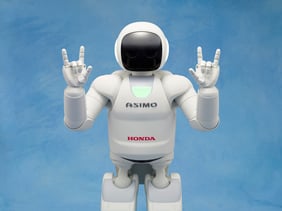
So at the end of the day, what choice will you make, to trust a robot or not? Well, I think you should trust robots. In fact in all their diverse shapes and versions robots are becoming more popular and are now all around us. Not trusting them would be un-logical since you have a smartphone that thinks for you all day long. Netflix is selecting movies you should watch based on your past preferences and we all (well I certainly do) appreciate it.
With more collaborative robots being installed in workshops, people need to be able to trust robots since they will be working alongside them all week long. This no doubt will go a long way towards easing anxiety about robots, as familiarity often helps in adjusting to new technology.
However, I’m not suggesting that you trust any robot blindly, algorithms are still created by humans after all and you should still be informed and learn how robots work to detect any kind of erratic behavior. The same principle applies in everyday life. You should still verify your route and make sure that you are taking the right route and not entirely trust your GPS. We have all heard stories of people ending up in places they never intended because they followed their GPS. In other words, you still need to use your brain!
Related Article
Subscribe Now
How to create the right collaborative cell for your application?




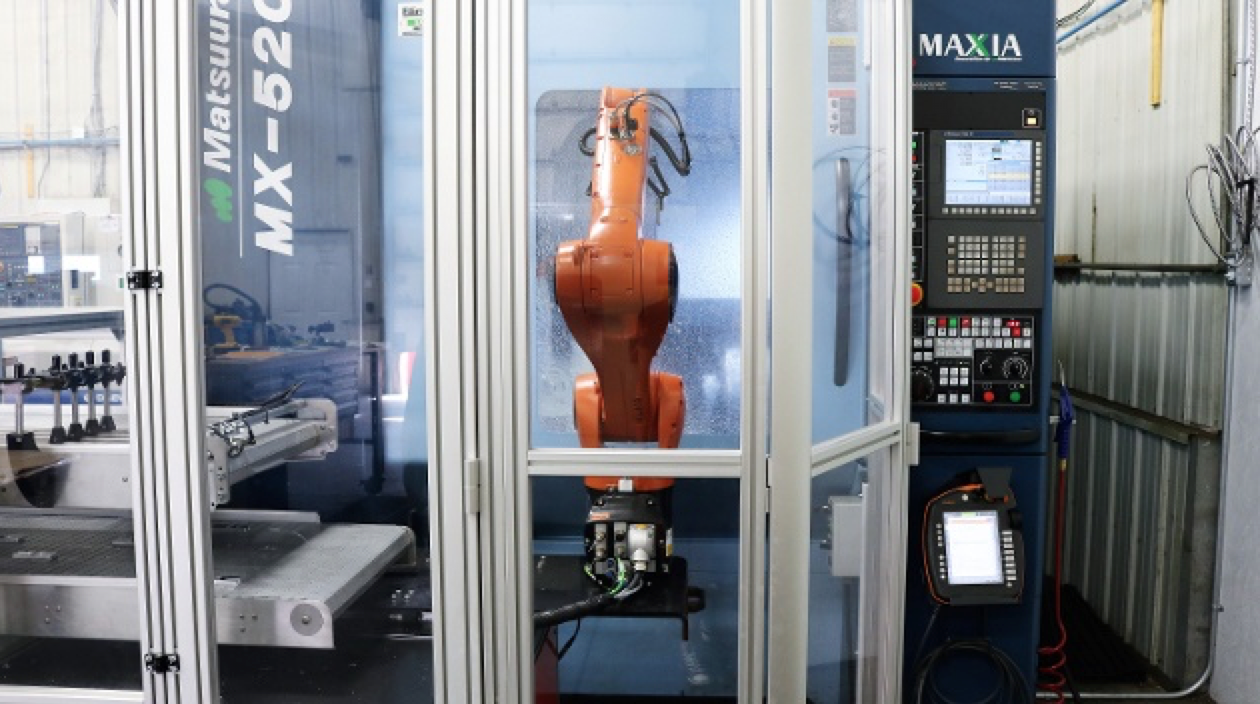
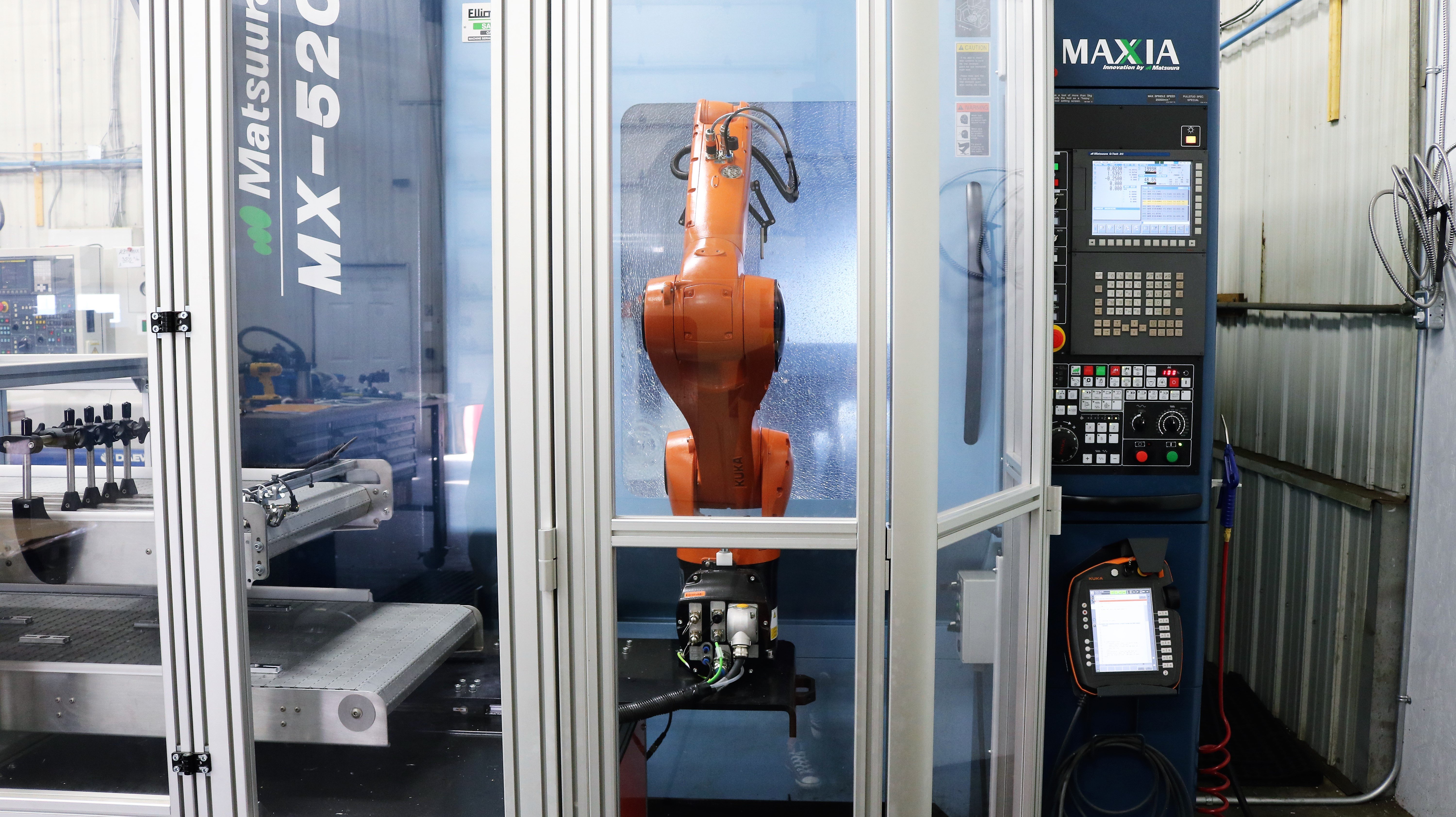

Leave a comment